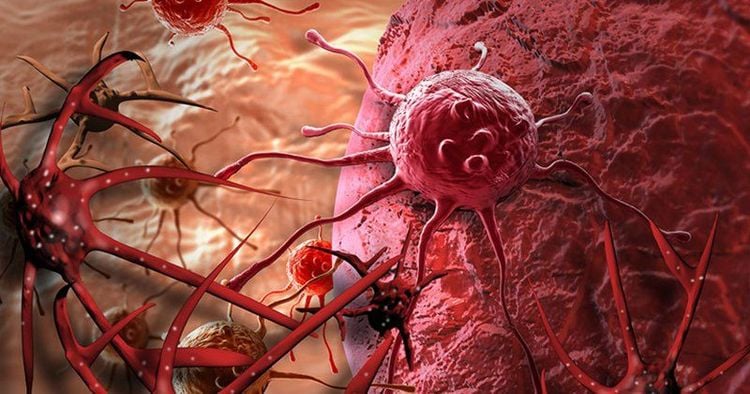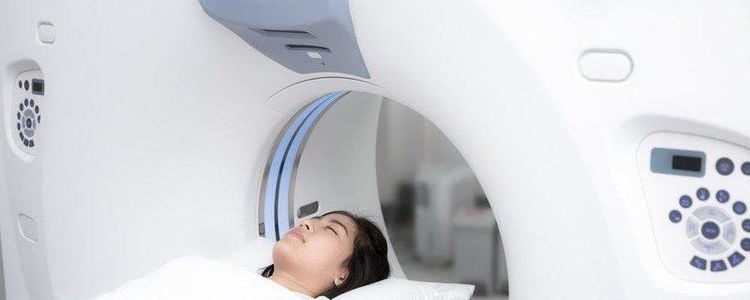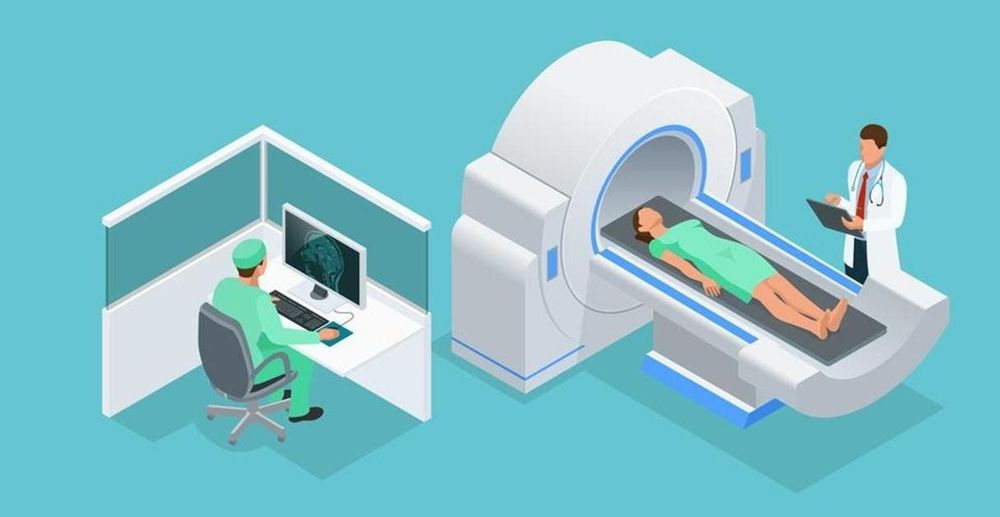This is an automatically translated article.
The article was written by MSc Trinh Van Dong - Doctor of Radiology, Department of Diagnostic Imaging - Vinmec Ha Long International General Hospital.
DWIBS (Diffusion-weighted Whole body Imaging with background suppression) is a background suppression technique. The purpose of this technique is to evaluate the damage of the whole body in the early detection of cancer, lymph nodes, analysis and monitoring of malignant lesions.
1. What is DWIBS?
Diffusion whole-body magnetic resonance imaging (DWIBS) is an improved technique of diffuse magnetic resonance (DWI) first introduced in 2004, now being developed and applied in Vietnam. Male.
In diffusion magnetic resonance (DWI), areas of tissue where water molecules are diffusely restricted have increased signal on DWI, conversely, regions where water molecules are not diffusion restricted i.e. freely moving water molecules will decrease on DWI. DWIBS also enables signal enhancement in diffuse-limited lesions such as primary and secondary tumors and lymph nodes, while suppressing signaling of organ tissues, blood, muscle and normal body fat. Aim to increase the contrast of the lesion.

DWIBS cho phép phát hiện và chẩn đoán sớm ung thư
The patient in this case can breathe normally, which is an advantage over the incompatible sequences of magnetic resonance imaging techniques. The DWIBS technique allows cutting of thin layers, thereby allowing us to reconstruct three-dimensional MPR and MIP images, thus giving an image similar to that of a PET-CT scan.
Currently, DWIBS is a method that can be used to replace PET-CT (which uses radiopharmaceuticals and X-rays), patients will not have to be affected by drugs radiation and radiation, so the DWIBS method is the preferred method of choice for early diagnosis of primary, secondary cancers, lymph nodes and monitoring the progression of tumors.
In addition to the advantage of DWIBS in the early diagnosis of cancer, DWIBS is also significant in the diagnosis of abscesses and other pathological lesions of organs in the body.

DWIBS là phương pháp chẩn đoán hình ảnh không xâm lấn
2. How is the DWIBS scan performed?
Place the patient in a strong magnetic field of 1.5 - 3.0 Tesla (T). Broadcast radio to the patient. During the imaging process, the technicians will use different parameters or the available parameters of the DWIBS exam to apply to the patient. Image reconstruction with recorded signals: people convert the received signals into spatial information and record it by the computer, then the computer will reconstruct the image of the cross-sections based on the recorded parameters. .

Kỹ thuật chụp cộng hưởng từ khuếch tán toàn thân xóa nền
3. Who can't have a DWIBS scan?
All patients with contraindications to magnetic resonance imaging cannot undergo background-clearing diffuse magnetic resonance imaging:
Patients carrying magnetic objects: Patient carries a pacemaker, surgical forceps surgery, artificial heart valve, shrapnel in the danger zone, cochlear implant, ventricular valve, new carotid stent (less than 2 weeks)... Patient has other magnetic objects such as intramedullary nails , artificial hip joint, metal screw brace... Relative contraindications: agitated patient, claustrophobic syndrome. Vinmec International General Hospital is one of the hospitals that not only ensures professional quality with a team of leading doctors, modern equipment and technology, but also stands out for its examination and consulting services. and comprehensive, professional medical treatment; civilized, polite, safe and sterile medical examination and treatment space.
Customers can directly go to Vinmec Health system nationwide to visit or contact the hotline here for support.














